John Todd is a dynamic sports photographer who’s managed to capture some of the biggest sporting events from surfing, to golf, to soccer. His work has appeared in Sports Illustrated, ESPN, the New York Times, and the list just goes on. I sat down with him and asked him for his inside tips for outstanding sports photography that you can go right out and use.
Get Low, Get High
I always tell students that I teach: get low, get high. So if you’re shooting soccer, football or any field sport, try to get as low as you can. If I could, I would lay down on the field every game because a lot of times the players are looking down at their feet. They’re looking down at the ball or they have their helmets on. You want to get as low as possible and get that low angle looking back up the athlete. That kind of gives them that superhero feel as well. It makes them look like giants. So that’s one of the biggest keys.
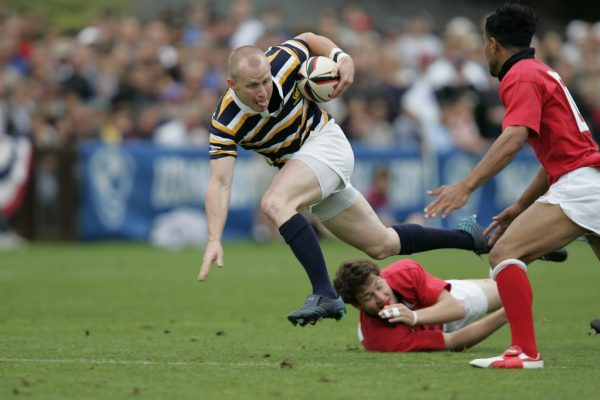
Photo by John Todd
The other one is to get high. That’ll help you clean up your backgrounds. Go up into the stands, shoot down on the field, get a nice green background as a backdrop. It also gives you a little bit of different perspective.
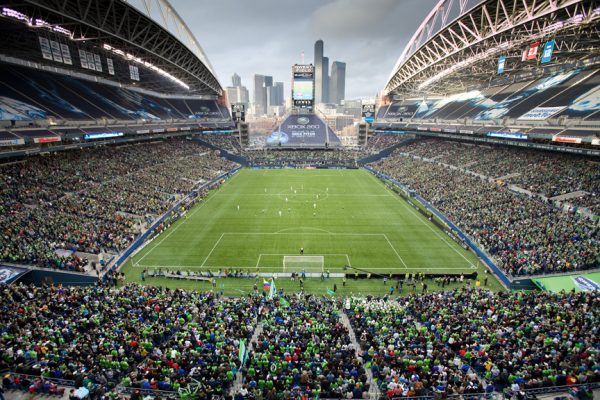
Photo by John Todd
Capturing Emotion
If you’re doing a portrait, I think the smartest thing to do is to just talk with people for awhile. Get to know them, get them to trust you. Really show them who you are. And in turn they will show you who they are. If you walk into a shoot with a lot of attitude or demanding that somebody just turn it on for you, they can’t do it. But if you walk in and establish a rapport with them, really show them the honest personality of who you are, you’re going to get the same in return. And that’s what I try to capture.
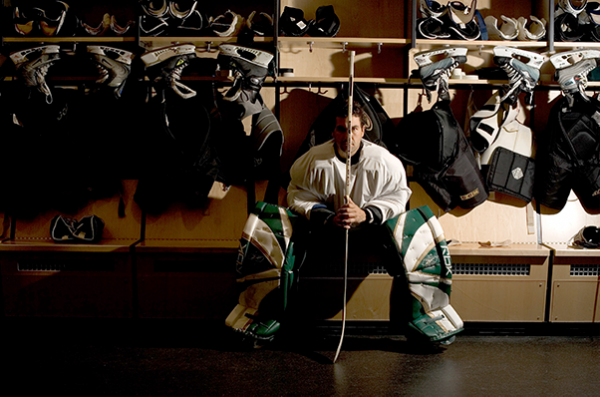
Photo by John Todd
Practice and Be Prepared
Another one is, I think all the video games and played as a kid really helped me out. Because that high hand eye coordination is really important and practice makes perfect. So a lot of times I’ll just go out to the backyard and just practice focusing. Just like you’re going to kick the ball around in the backyard or throw the football. If you’ve had your lenses, spend a half an hour just practicing quick focusing. Because that’s really the key to sports photography.
I took one photo of USA versus Ghana at the World Cup in Germany 2006. I was at that point I was working on a tip that I got from David Bergman, who’s a sports photographer photographer out in New York. It was kind of a one hand and grab. So in soccer or football, you’re always shooting with two lenses. Usually a 428 and then you have your 7200 on your hip. And his key was that he would reach down, grab the 7,200 when he would see action right in front of them, bringing up with one hand and be able to photograph one handed. And that gave him a lot faster reaction.
So I started trying out this tip. And so the players were running towards me, too tight for the 400. So I went down and grabbed with one hand, reached up, grabbed it and got a picture of a player doing almost a bicycle kick right in front of me. It’s a fantastic image, really shows the emotion and the power of the sport. And a funny thing about that shot is one of our other photographers was on the other side of the field photographing us, and it was only me shooting. And two of the photographers were just had their jaw dropped, watching the action because they couldn’t get their cameras up fast enough. So using the one hand up fast gave me one of my best shots that I love.
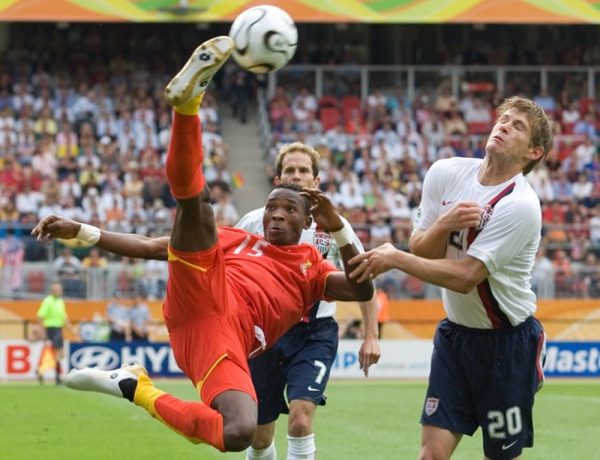
Photo by John Todd
Visualize
There’s two points I use for every photo. One is I like to think about what the client wants. And the other one is I like to think about the images I’m trying to produce. Ansel Adams talked about, when he was photographing, that he would think about the image in his mind’s eye. And then he would use all the tools that he had to create that image. So if I’m shooting for a client, I’m going to say, “Hey, what do you guys want?” They say, “Well, I want it to be a sports figure to show the emotion and the action.” So I’m going to take all the tools that I have, my cameras, my lenses, my computer, my software, and, and think about the end result before even starts shooting.
It’s the same thing when I’m shooting images for myself. I think about what it is I’m trying to do today. What am I trying to show? And then I line up all the tools I have to try to reach that goal. So I’m really thinking about the image before I even take it. When I’m on a shoot though, a photo will develop and I’ll see an image I didn’t think existed. Or one image will lead me to another image. But really before I go to a shoot, I’m trying to think about what is it I’m trying to produce. And then I try to capture that.
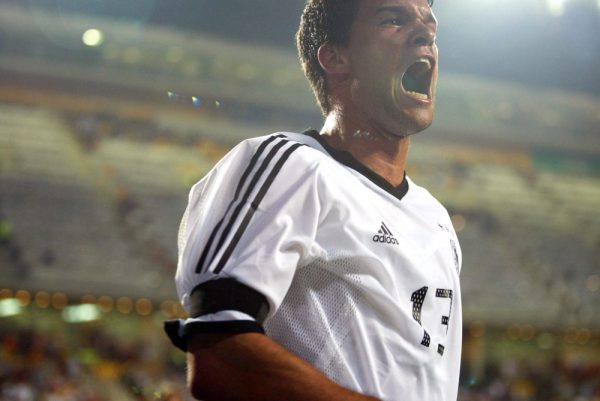
Photo by John Todd
I hope you enjoy John’s tips and we’ll go out and put them to use right away. Be sure to subscribe to our channel and keep an eye on the blog to keep up with all of our content. And remember to get out and capture your own images of life.

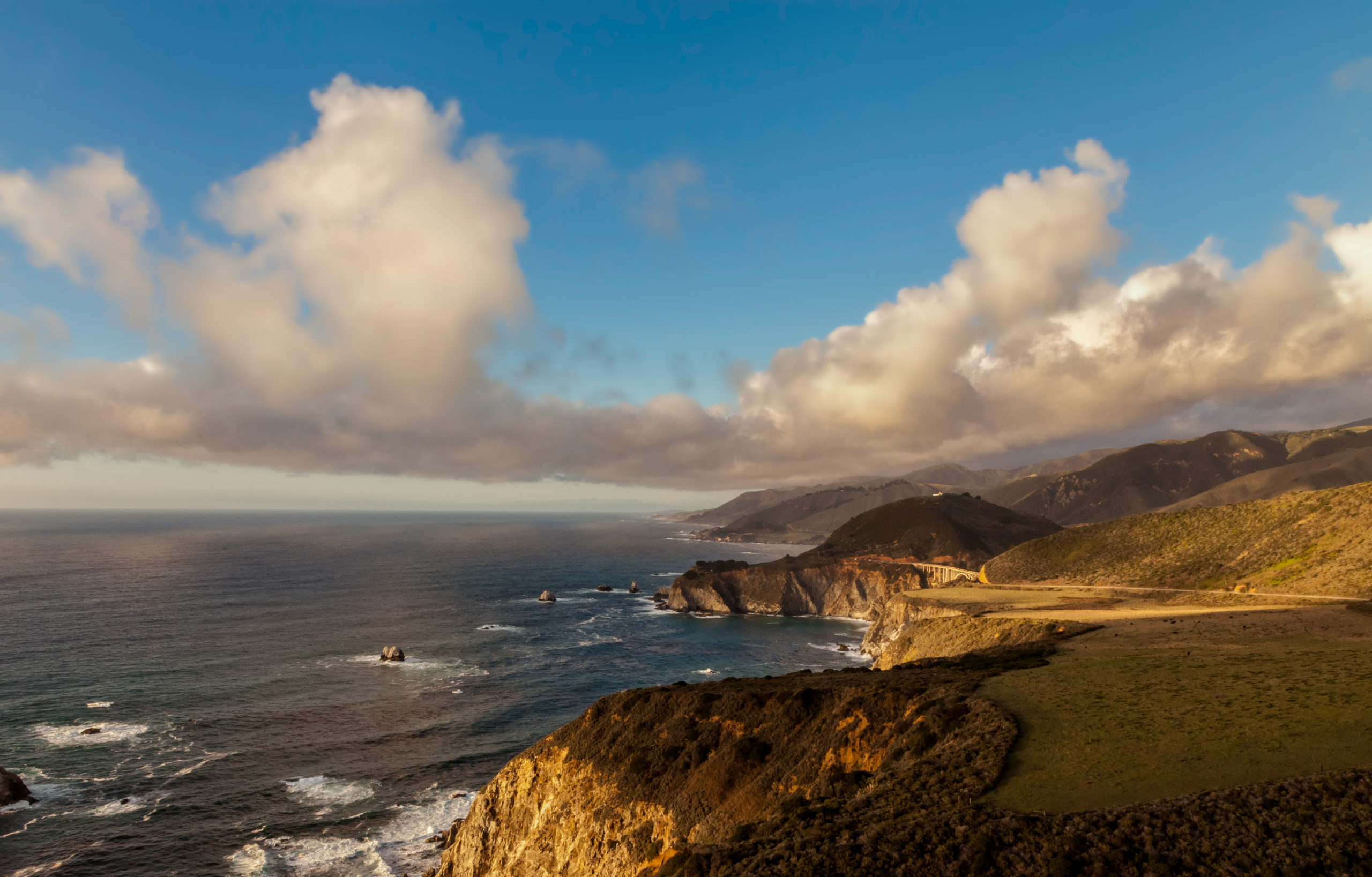
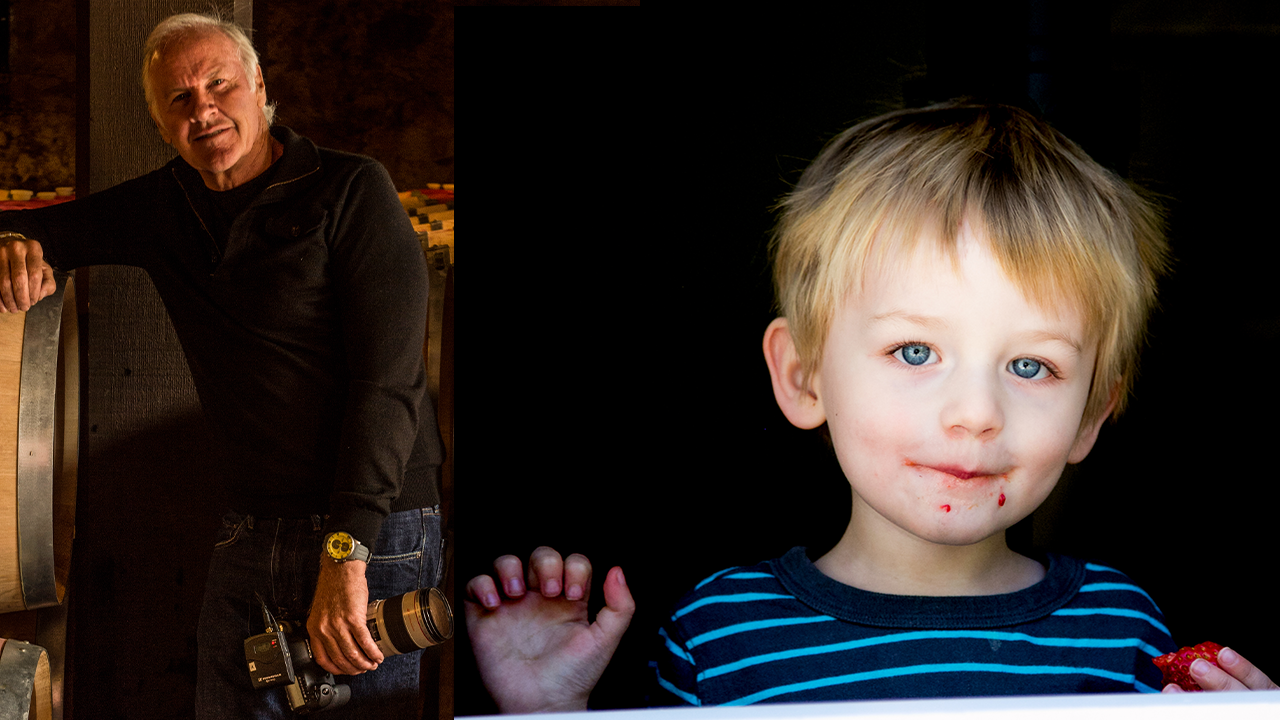
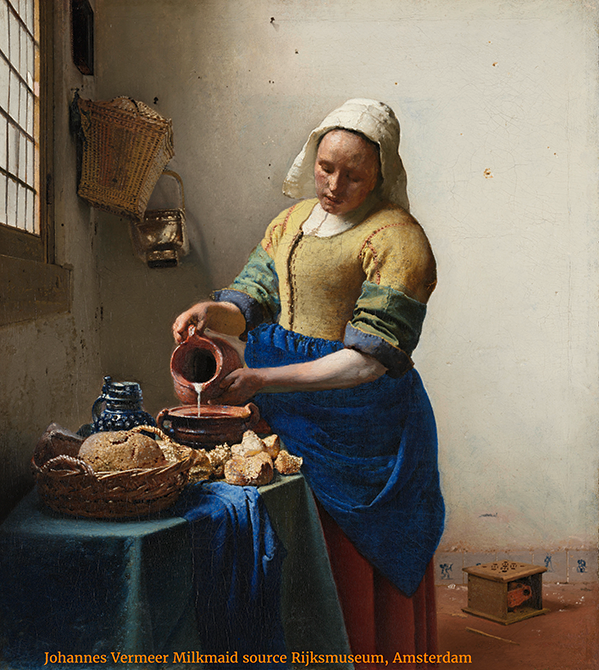
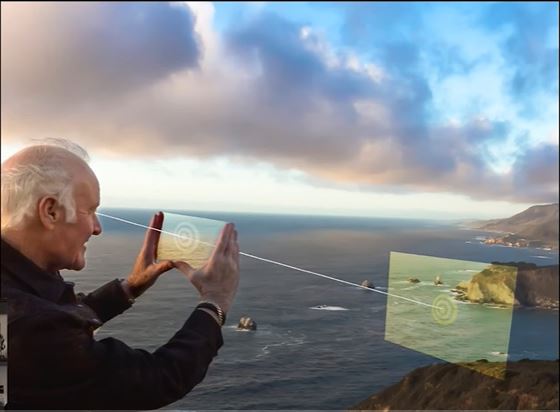
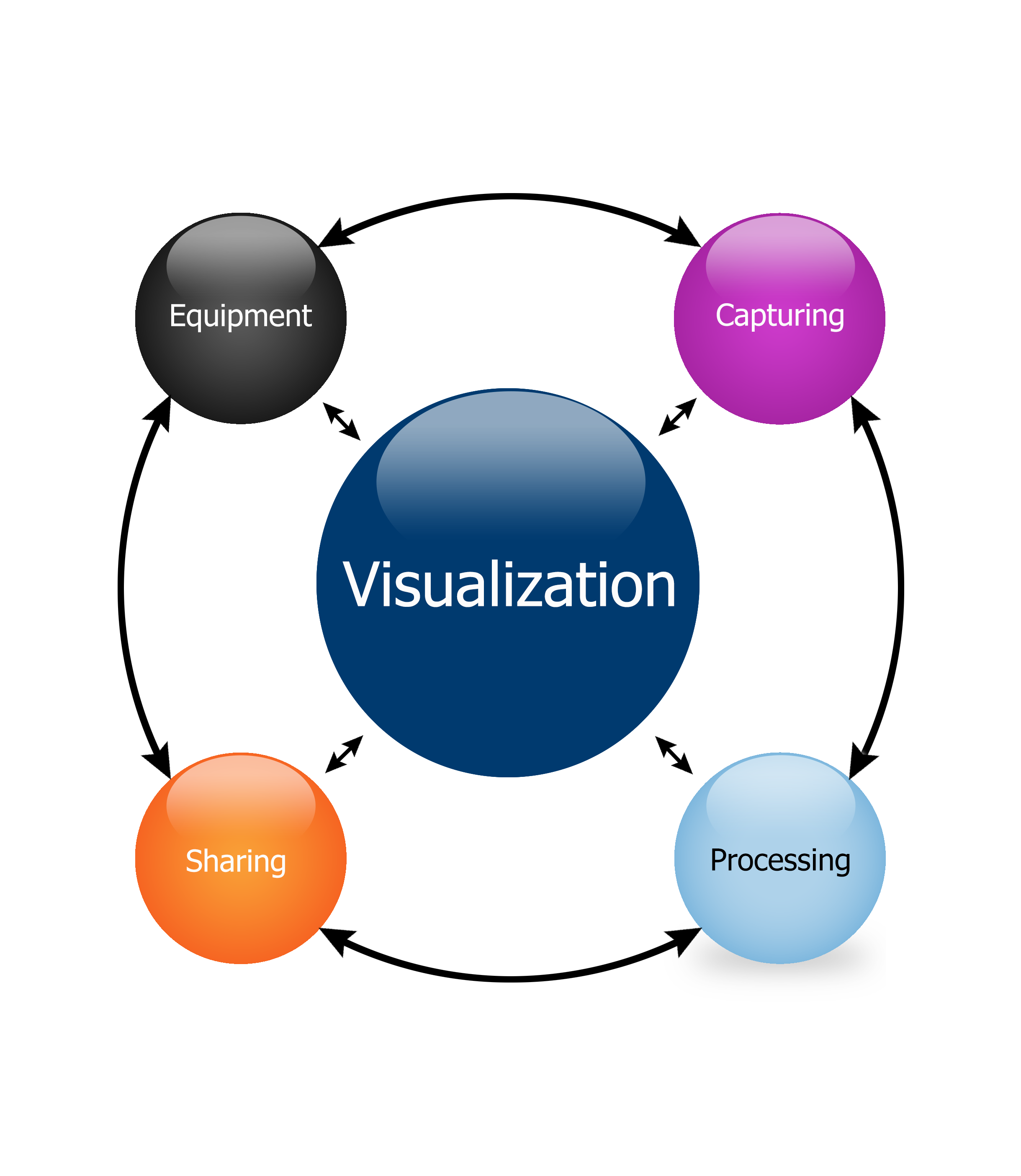
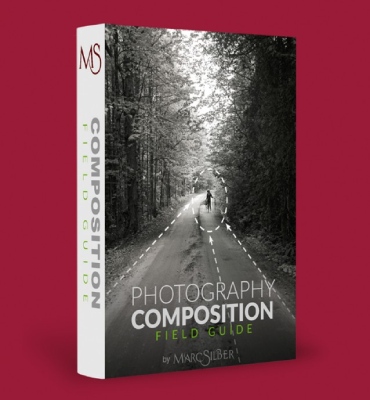
Leave A Comment
You must be logged in to post a comment.